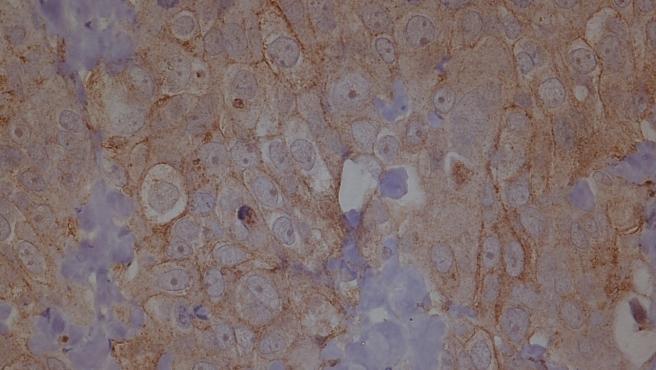Conical Silo DEM study sheds light on flow mechanism transition during discharging of rice particles.

When it comes to storing and handling granular materials like rice, silos are the go-to option for many industries. However, the flow behavior of granular materials in silos can be complex and highly dependent on various factors like the shape and size of the silo, the type and size of the particles, and the filling and discharging methods.
A recent DEM study has focused on understanding the flow mechanism transition in conical silos during the discharging of rice particles. The researchers aimed to identify a special position where the flow pattern transition occurs and investigate the factors that influence the transition.
The study found that the discharging in a conical silo usually presents the characteristics of mass flow in the upper part and funnel flow in the lower part. Mass flow refers to a flow pattern where all particles in the silo move downward together, while funnel flow refers to a flow pattern where particles move in a funnel-shaped pattern, leaving a stagnant zone in the center.
The special position where the flow pattern transition occurs was identified as the point where the mass flow regime in the upper part merges with the funnel flow regime in the lower part. The researchers found that the transition position was highly dependent on the filling height, particle size, and wall angle of the silo.
The DEM simulation results also showed that the flow pattern transition affects the discharging rate and uniformity of the rice particles. The mass flow regime in the upper part was found to discharge the rice particles more uniformly than the funnel flow regime in the lower part.
The study sheds light on the complex flow behavior of granular materials in conical silos and highlights the importance of understanding the flow pattern transition during discharging. The findings can be valuable for silo designers and operators to optimize the silo geometry and discharging methods for efficient and uniform material flow.
In conclusion, the DEM study on the flow mechanism transition in conical silos during the discharging of rice particles has provided valuable insights into the complex flow behavior of granular materials. The special position where the flow pattern transition occurs and the factors that influence the transition have been identified, emphasizing the importance of understanding the flow behavior for designing and operating effective silos.